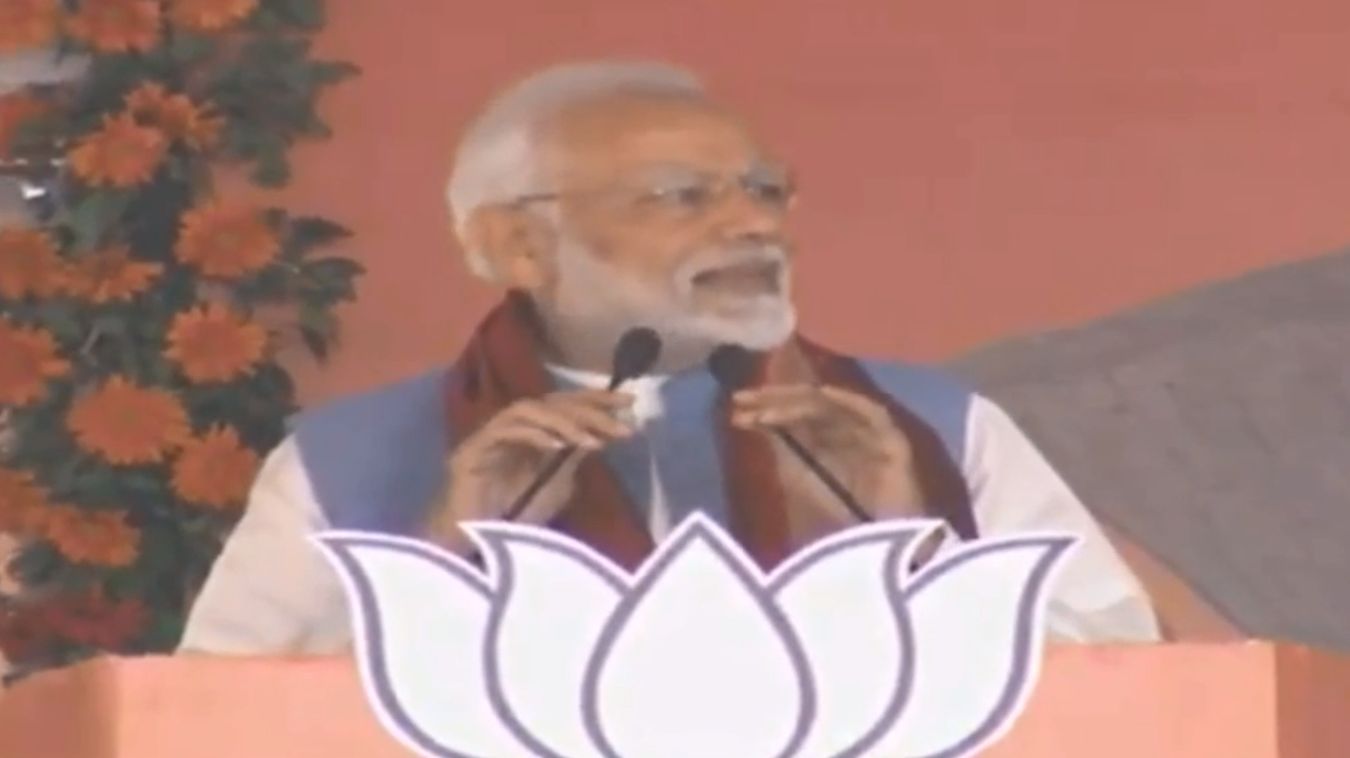Elections 2019: BJP’s Route To Repeat Mandate Passes Through Tricky Terrains Of East, North-East

Bhubaneswar: Anywhere between 100 and 110 seats – that’s the target of the BJP in the East and North-East for the 2019 general elections. It is not difficult to see why the region with 142 Lok Sabha seats is so important to the party’s calculations.
It delivered its peak performance in most states in other parts of the country in 2014. The following numbers tell the enormity of BJP’s victory: in Uttar Pradesh, it won 71 seats of the total 80 (allies took it to 73); in Rajasthan, it swept all 25; in Madhya Pradesh, it bagged 27 out of 29; in Gujarat, all 26; in Delhi, it swept all seven; and all seats in Uttarakhand and Himachal Pradesh. In Maharashtra, it won 41 out of 48 seats in alliance with the Shiv Sena.
It was a wave election with Narendra Modi at the centre. Such waves rarely happen in quick succession. There is the baggage of incumbency against the centre. The poor performance of BJP-led state governments makes it double anti-incumbency. Besides, there’s a resurgence of the Congress in key states and disgruntled allies. The party is aware that there would be a dip in the number of seats in the North and the West. The South, barring gateway state Karnataka, was never its happy electoral hunting ground. Of its 21 from the total 129 seats in the region, 17 are from Karnataka alone. To compensate for the possible loss of 100 or more seats, it has to make gains in the East and the North-East.
The North-East accounts for 25 parliamentary seats while the East, including West Bengal (42), Odisha (21), Bihar (40) and Jharkhand (14) make up the rest. BJP president has set an ambitious target of 21 seats in the North-East. It looks difficult at this point, considering the negative fallout of the Citizenship (Amendment) Bill. Protests are brewing across the North-East and may prove counter-productive to the BJP’s ambitions in the 2019 elections.
That makes the rest of the East so critical for the party. It explains the party’s excessive focus on West Bengal and Odisha. In Bihar, the party may not repeat its 2014 performance (31 out of 40) what with allies quitting the NDA. A target of 80 plus in the East is thus difficult to achieve without a major chunk from the 63 seats in Mamata Banerjee’s West Bengal and Naveen Patnaik’s Odisha.
Naveen has been a friend in need and hardly on hostile terms with the BJP at the Centre, yet his capacity for unpredictability leaves the latter wary. After a stellar performance in the Zilla Parishad elections two years ago, the BJP has made efforts at base expansion, particularly in the coastal region, in fits and starts. As the elections come closer, Odisha will have simultaneous polls for Parliamentary and Assembly seats. The BJP has displayed some sense of urgency. The fact that Prime Minister Narendra Modi has visited the state thrice in the space of one month, is an indication that the BJP does not want to leave anything to chance or at Naveen’s mercy post the elections. The party aims to win at least 12 of the 21 seats in the state. It might be a tall ask considering its organisational strength. Yet, to make the party’s Mission East successful, the BJP has to come close to the target.
In West Bengal, the party is eyeing major gains. Its target of 22 seats out of 42 does not look impossible, considering the large political vacuum left by the Left and the Congress and the scope for communal polarisation. Illegal migrants from neighbouring Bangladesh is a festering problem in the state. Moreover, the Citizenship (Amendment) Bill, political observers believe, is aimed at Hindu votes in West Bengal. BJP president Amit Shah is sparing no effort to galvanise the cadre for a strong fight against the Trinamool Congress. However, Mamata Banerjee is no easy challenge to overcome. In some ways, the degree of success of the BJP here will determine its fate at the Centre.

Comments are closed.